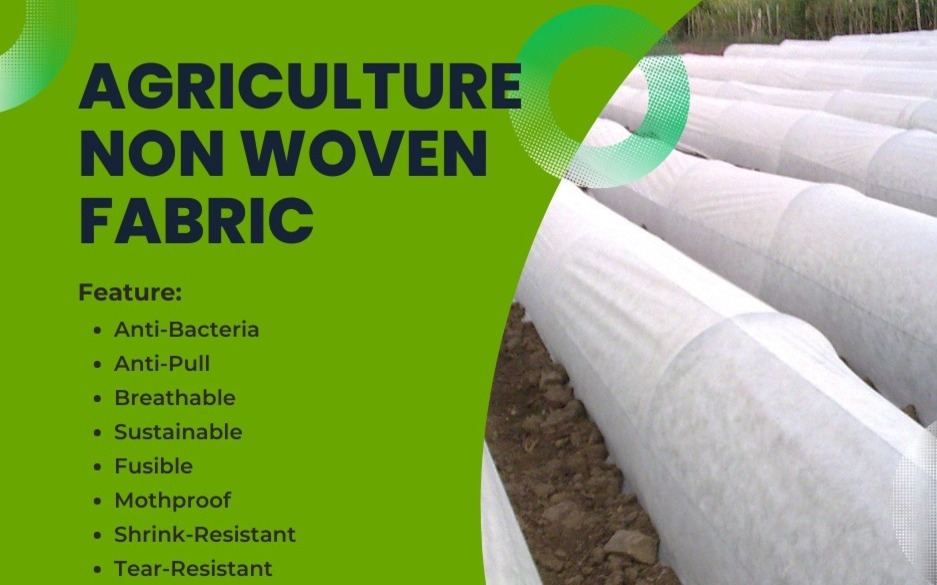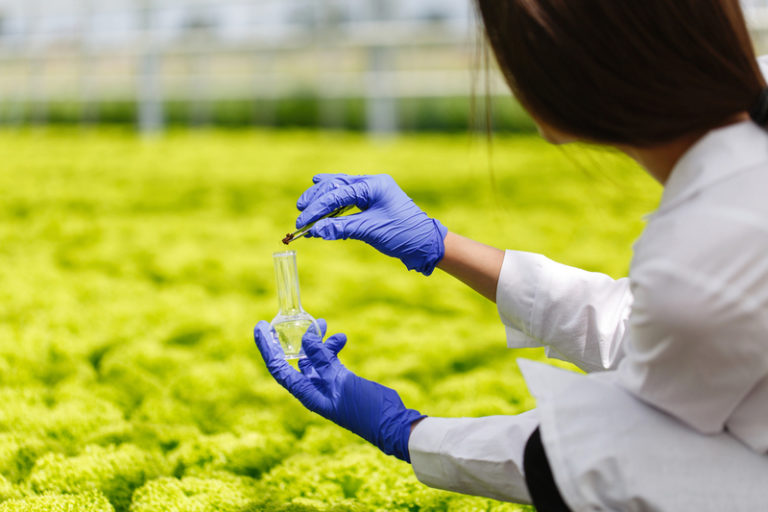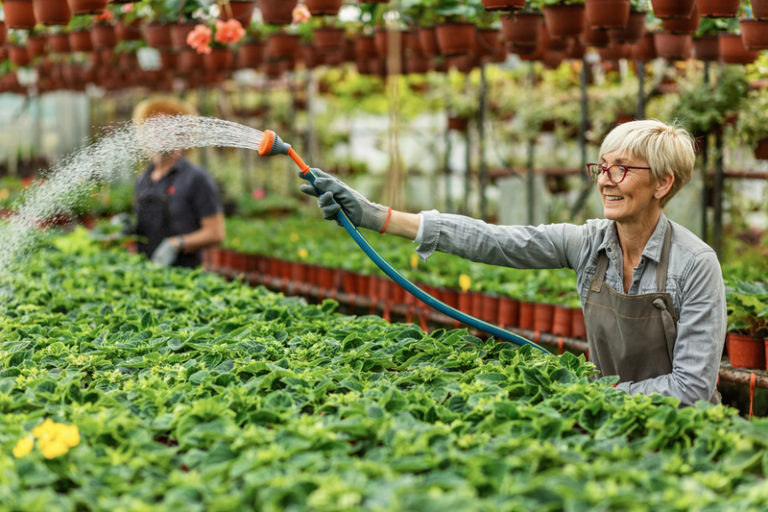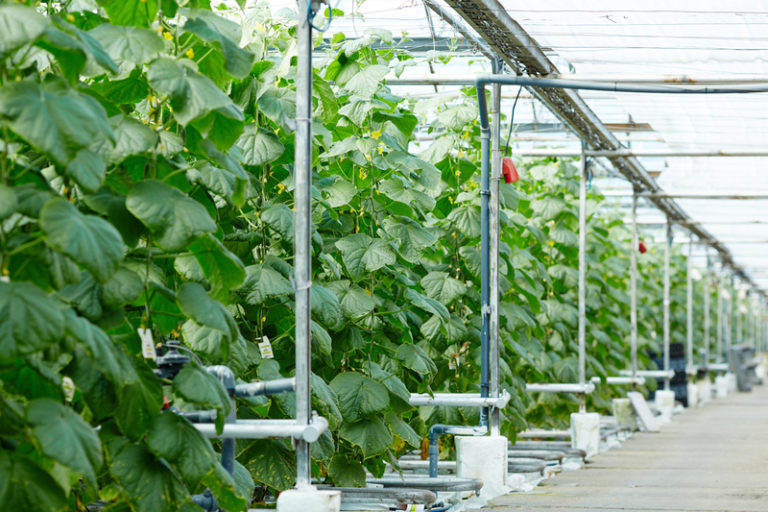Agriculture Non-Woven Fabric: A Revolution in Farming
Agriculture is one of the world’s oldest and most important industries, providing billions of people with food, clothing, and shelter. But as the world’s population grows, it’s getting harder for farmers to make enough food to feed everyone.
Materials are among the most critical areas where agriculture can benefit from innovation. Non-woven fabric, in particular, can revolutionize how farmers approach crop protection and growth.
What is Non-Woven Fabric?
Non-woven fabric is a material made by bonding fibers together without using weaving or knitting processes. The fibers are randomly arranged, giving the fabric its unique structure and characteristics. The resulting material is strong, durable, and lightweight, making it an ideal choice for various applications, including agriculture.
Benefits of Agriculture Non-Woven Fabric
1. Protection from Pests and Diseases
One of the main benefits of agricultural non-woven fabric is its ability to protect crops from pests and diseases. The fabric can stop insects and other pests from getting to the plants, which lowers the risk of damage. Furthermore, the fabric can aid in disease control by preventing spores from falling onto healthy plants.
2. Improved Crop Yield
Another benefit of using non-woven fabric in agriculture is that it can improve crop yield. The fabric gives the plants a stable and consistent place to grow, which helps them grow better. It also helps to regulate temperature and humidity levels, which can positively impact plant growth.
3. Cost-Effective
Agriculture non-woven fabric is an affordable alternative to traditional materials such as woven fabrics and plastics. Since the fabric is lighter and easier to work with, less labor is needed to put it up and take it down. Also, the fabric is stronger than other materials, so it can be used more than once before it needs to be replaced.
4. Environmentally Friendly
Agriculture non-woven fabric is also an environmentally friendly option for farmers. The fabric is made from biodegradable materials, so it can be safely disposed of after use, reducing the environmental impact. Additionally, the fabric’s ability to protect crops from pests and diseases reduces the need for chemical pesticides, which can harm the environment and wildlife.

Applications of Agriculture Non-Woven Fabric
1. Greenhouses
One of the most common applications of agriculture non-woven fabric is in greenhouses. The fabric covers the structure, providing a stable and consistent growing environment for plants. It also helps to control the level of temperature and humidity, which can help plants grow.
2. Crop Covers
Agriculture non-woven fabric can also be used as a crop cover. The fabric is put over the plants to protect them from pests and diseases and to control the temperature and level of humidity. The fabric is lightweight and easy to handle, making it an ideal choice for farmers who need to cover large areas of crops.
3. Weed Control
Agriculture non-woven fabric can also be used to control weeds. The fabric is put over the soil to stop weeds from growing, which means less work or chemical herbicides are needed. Also, the fabric helps keep water in the soil, which can help crops grow better.
Conclusion
Agriculture non-woven fabric is a flexible material that could change the way farmers protect their crops and help them grow. The fabric can be used for many things, like greenhouses, crop covers, and keeping weeds away. Overall, agriculture non-woven fabric is a valuable tool for farmers looking to improve the efficiency and sustainability of their operations.







